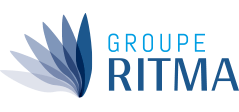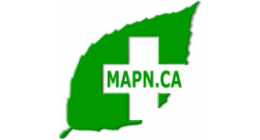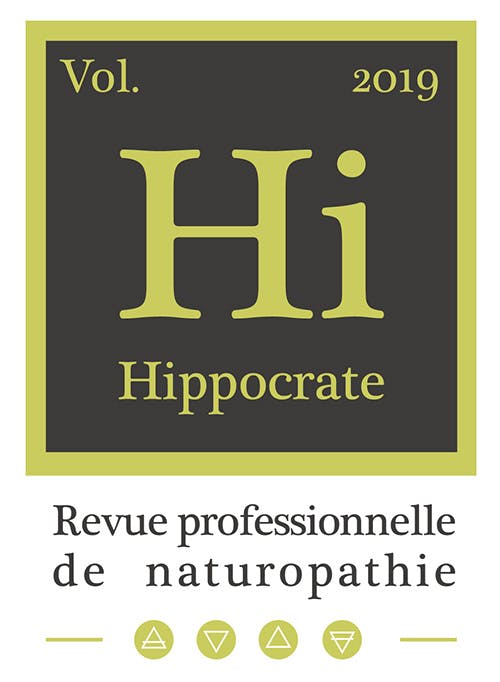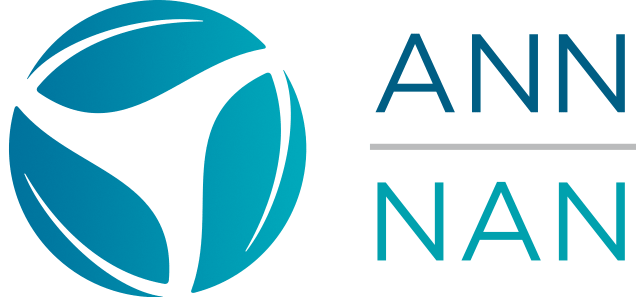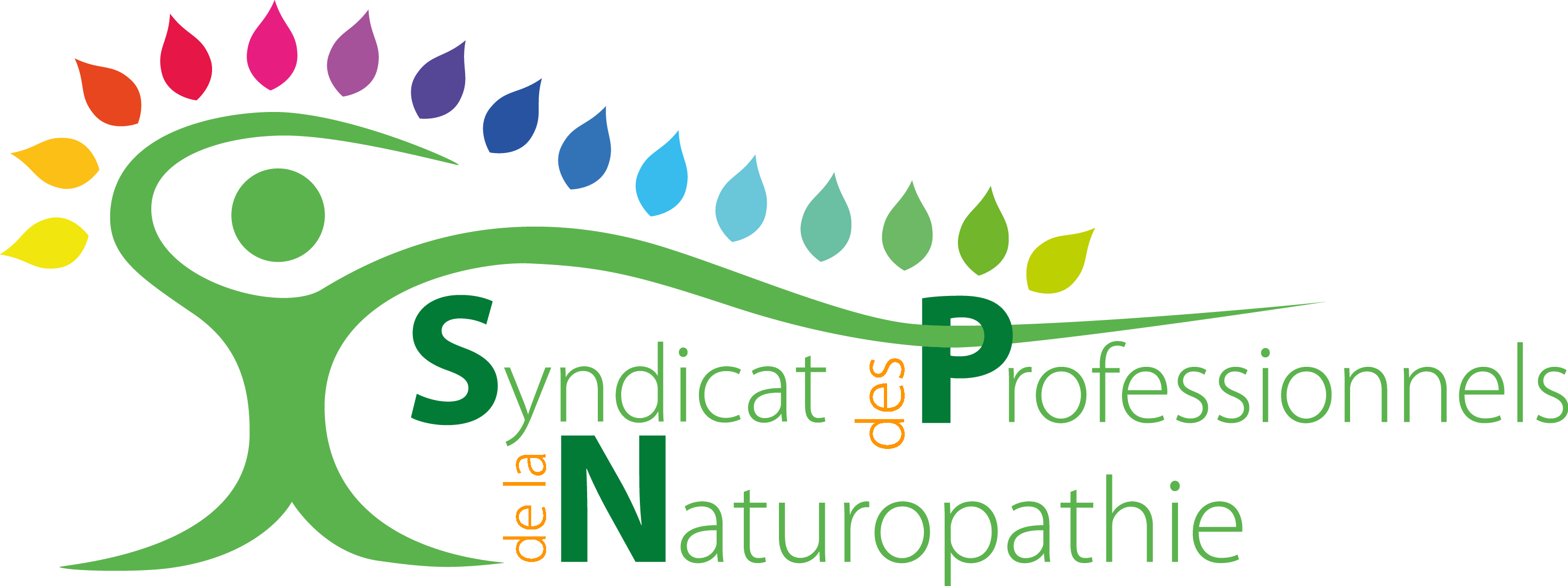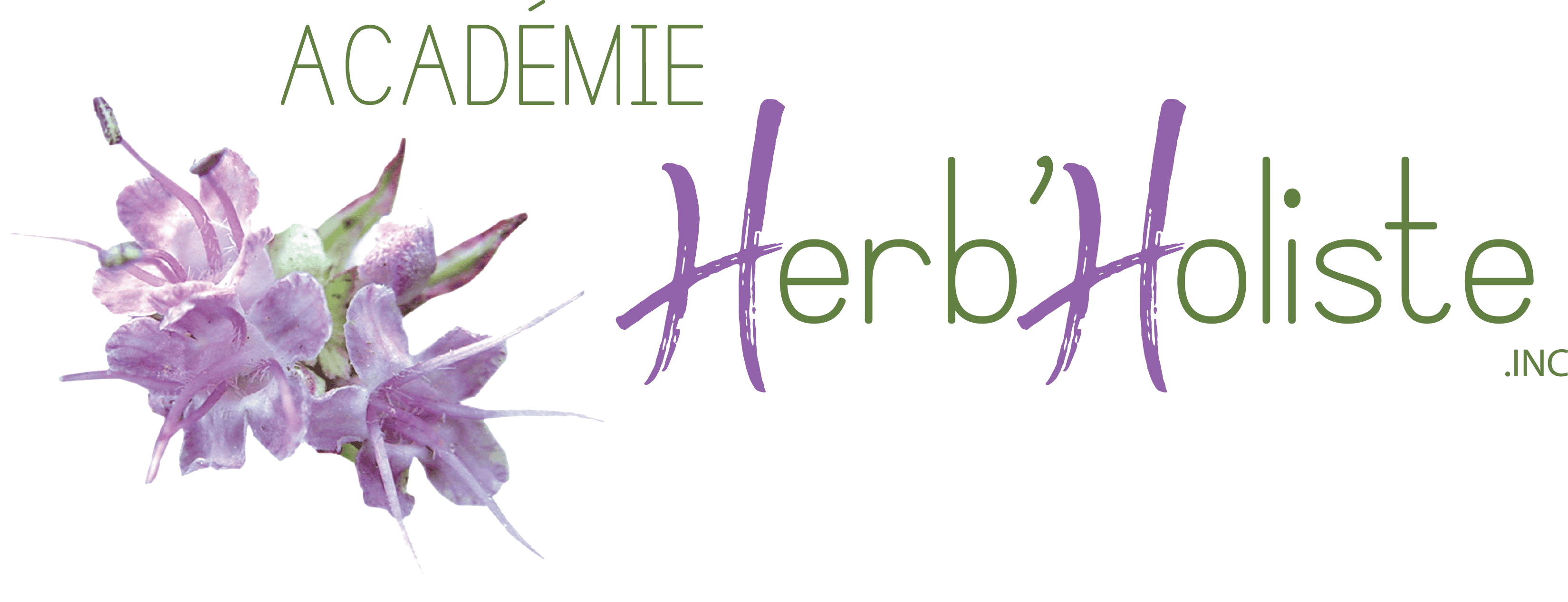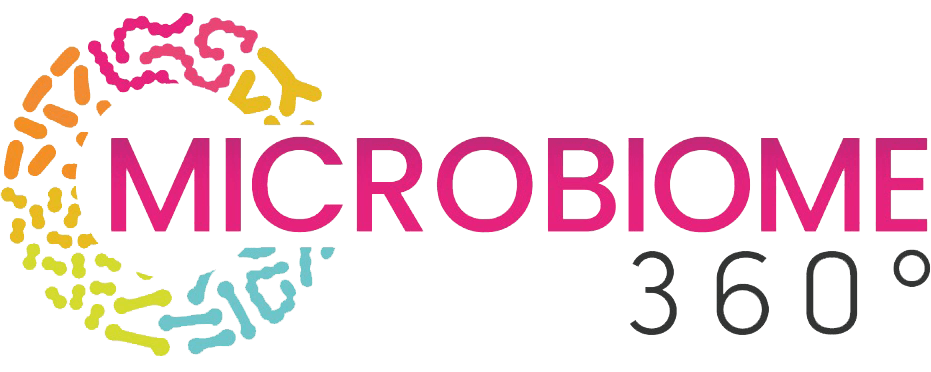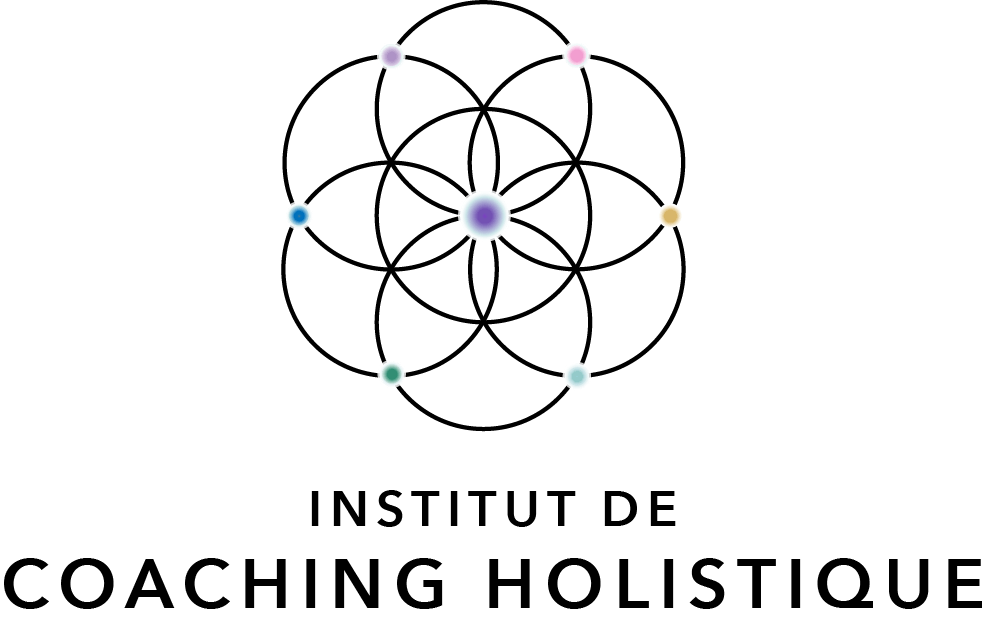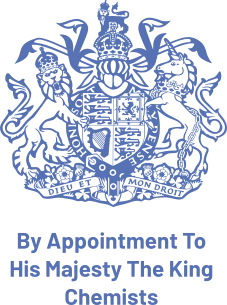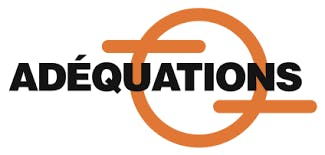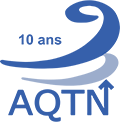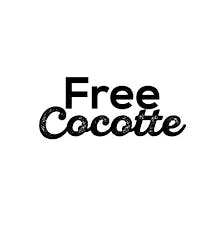Drugs & Medical Exams
This course aims to give students a clear and structured understanding of the pharmaceutical and clinical world, so they can communicate with the medical community in an informed and responsible way. It covers the main families of medications, their mechanisms of action, beneficial and side effects, as well as their classification according to the physiological systems they target.
Students will also learn how to interpret laboratory tests and clinical reports, recognize normal values and significant deviations, and understand how such data guide diagnosis and therapeutic follow-up. A major section of the course is devoted to drug interactions, their potential risks, and the importance of respecting medical prescriptions.
Finally, the course introduces diagnostic principles related to vital signs (blood pressure, heart rate, temperature, etc.) and evaluation tests used in naturopathy, helping practitioners connect clinical observations with natural health approaches. This training forms an essential bridge between scientific understanding of the body and holistic naturopathic practice.
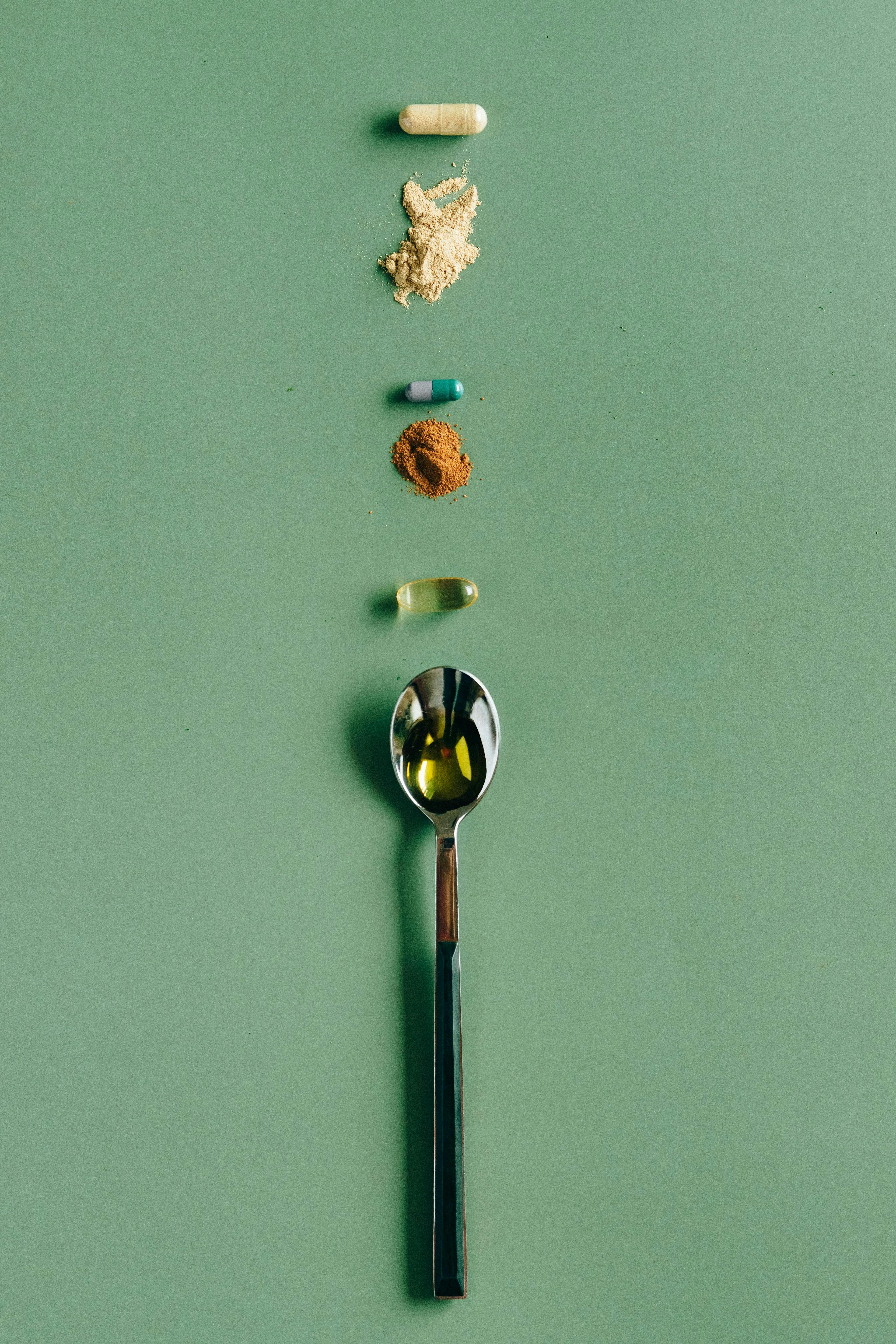
Included Teaching Methods:
- E-Learning training: an interactive, motivating, and effective learning method.
- Printable course books
- Online exams
- Access to the student centre
- Videos and virtual library.
Course Content Description
Student Guide
- Exam Due Dates
- Schedule
- Change Due Date
- Important
- Course Objectives
- Teaching Method
- Contact Us
- Start Studying
- Answer Questions
- Self-Correction
- Plan Your Study Schedule
- Exam
- Move to the Next Course
- Course Answer Grid # ……………………
- Bibliographic References
Chapter 1
- Medication
- A bit of history
- The discovery of aspirin
- Pharmacology’s first steps
- What is Medication?
- Origins
- Galenic forms
- Excipients of known recognized effect(s)
- Action of Medication
- Drug categories
- Major drug evaluation parameters
- Pharmacokinetics
- Pharmacodynamics
- Marketing Authorization
- MA (Canada) / Marketing Authorization Application: MAA (Europe) / New Drug Application: NDA (USA)
- Drug regulation frameworks
- Agence nationale de sécurité du médicament et des produits de santé (ANSM) in France
- The European Medicines Agency (EMA)
- Health Canada’s Therapeutic Products Directorate (TPD)
- Food and Drug Administration (FDA)
- Medication Access Routes
- General Route
- Local Route
- Drug targets and mechanisms of action
- Drug targets
- Trajectory in the Body
- The Dangers of Medication
- Appropriate medication use
- Medication and iatrogenesis
- Drug Families
- Antalgics or Analgesics
- Antacids
- Antibiotics
- Anticoagulants
- Aspirin
- Barbiturates
- Beta Blockers
- Bronchodilators
- Cancer
- Corticosteroids
- Digitalis Extracts
- Diuretics
- Epilepsy
- Gout
- Histamine
- Arterial Hypertension
- Hypnotics
- Inflammation
- Laxatives
- Parkinson’s disease
- Nausea
- Neuroleptics
- Spasms
- Tranquilizers
- Gastro duodenal Ulcers
- Virus
- Drug interactions
- Interactions and instructions Table
- Revision
- Activity 1
Chapter 2
- Medical Analysis
- What is a lab test, and what is it used for?
- Lab tests are used in many different ways
- How are reference values determined, and what do they represent?
- What does positive or negative, and false positive or false negative mean?
- What are the units of measurement used for the results?
- General Tests
- Blood pressure, pinpointing and palpation by audiovisual means
- Blood Tests
- * Uric Acid
- * Beta HCG
- * Calcium
- * Partial Thromboplastin Time
- * Cholesterol
- * Creatinine
- * Gamma-glutamyl-trans peptidase
- * Glycaemia
- * Blood Group
- * Haemoculture
- * Hormones
- * Ionogram
- Full Blood Count (FBC)
- The INR: International Normalized Ratio
- Others complementary exams
- Amniocentesis
- Amnioscopy
- Angiography
- Audiogram
- Biopsy
- Doppler
- Ultrasound
- 6. Printer Electrocardiogram
- Electroencephalogram
- Stool and Urine Tests
- Fibroscopy
- Pap smear
- Hysterosalpingography
- Hysteroscopy
- Laparoscopy
- Barium Enema
- Mammography
- Nuclear Medicine
- Phlebography
- Puncture
- Sampling
- Nuclear Magnetic Resonance
- Scanner
- Spermogram
- Skin Tests
- Summary Table of the Main Biological Constants
- Revision
- Activity 2
Chapter 3
- The medical consultation
- Introduction
- Consulting a general practitioner
- Interview procedure
- The interview:
- Clinical examination:
- Recognizing an emergency
- Medical history:
- Surgical history:
- Family history:
- Current medication:
- Lifestyle:
- The history of the illness:
- Clinical examination:
- Recognizing serious symptoms
- Questionnaire of serious symptoms/emergencies
- Revision
- Activity 3
Chapter 4
- Complementary Tests in Naturopathy
- Introduction
- Testing of biological samples
- Mail order tests
- Other tests
- Laboratory and test reliability
- Hair tissue mineral analysis (HTMA)
- Test availability
- Indican Test
- Chemical transformation of indole into indican
- Test availability
- Oxidata Test
- How to administer the test
- Test availability
- Acid-base balance test
- Test principles
- How to administer the test
- Interpreting the results
- Test availability
- Chemstrip test
- Test availability
- Allergy tests
- Patch tests
- Prick tests
- Test availability
- Food intolerance testing
- Lactose intolerance
- Gluten intolerance
- Test availability
- ImuPro Test
- Test availability
- Sulkowitch Test
- Test availability
- Koenisburg Test
- Test availability
- Zinc evaluation
- Test availability
- Bio-Electronic “Vincent” (BEV) method
- Parameters
- Test availability
- LIST OF LABORATORIES
- Revision
- Activity 4
Annex
- Medicines and Plants: The Truth
- HOW TO APPROACH THE ISSUE?
- A QUESTION OF ATTITUDE
- SHOULD WE BE WORRIED?
- MAKING GOOD DECISIONS
- SOME WELL-KNOWN CASES
- Summary of Interacting Factors
- TO HEALTHCARE PROVIDERS
- Tests Available to Naturopaths
- Tests Performed on Blood
- Tests Performed on Stool
- Tests Performed on Urine
- Tests Performed on Saliva
- Tests Performed on Hair
- Tests Performed on Breath
- Tests that a Naturopath May Perform
- Answer Keys
- Answer Keys for Activity 1
- Answer Keys for Activity 2
- Answer Keys for Activity 3
- Answer Keys for Activity 4
- Graded Activities
- Evaluation Questionnaire





